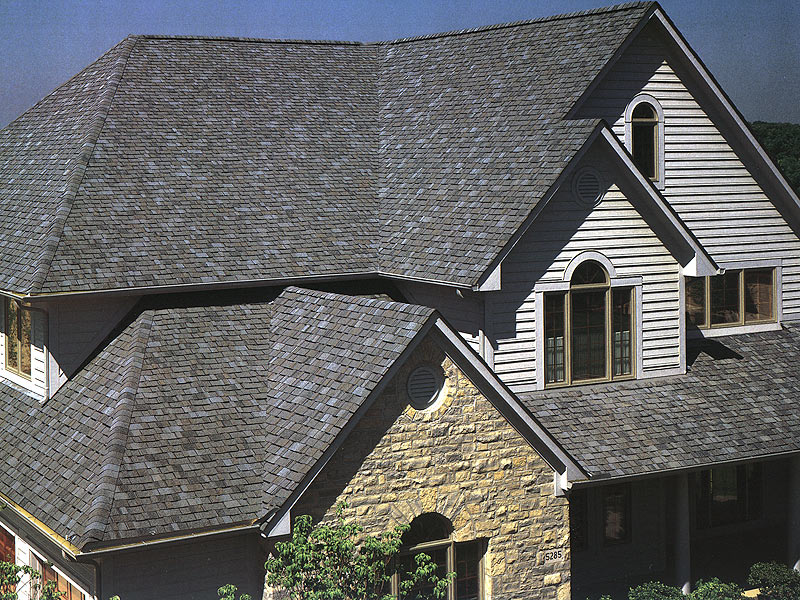There are numerous materials to consider, each with its advantages and disadvantages. You can use this method to determine which roof is best for your house by looking at it – and not just at its color or appearance. Some roofing materials, like slate, wood shakes, and copper, have hardly changed over the years. More recent materials include fiber cement, concrete, and plastic composites. Be prepared to choose from options that range from the well-known to materials you had no idea existed for the Roofing Service. Below is more information about your selections, including the attributes you should consider while contrasting them.

Energy Efficiency
Some roofing materials, such as metal and asphalt shingles, reflect the sun’s heat away from your attic. Your air conditioner won’t need to run to reduce the temperature to a comfortable level because you’ll have a cool roof. Given that, it may considerably impact your monthly energy costs. The Underwriter’s Laboratories rates the roofing materials and the sheathing’s fire resistance (UL) Ratings on a scale from Class A to Class C. If the material has a Class A grade, it is the best against intense fire exposure. In contrast, some materials, like untreated wood shingles, are not given a rating.
Longevity and Durability Of Roofs
Be aware that a material’s longevity depends on its final cost if you plan to live in the house for a long time. Paying more for materials with a longer lifespan is typically worthwhile because constructing a roof is expensive and disruptive. You might only pay half the price of a more expensive product for cheap material, like composite roofing.
Weight Limits of the Structure
In reality, a building’s strength could start to decline with time. To prevent issues, pick a roofing material that goes well with the building’s structural elements. For instance, if your home has been standing for more than 35 years, choosing lightweight roofing materials would be a good idea. The weight of the roof structure, or the “dead load,” tolerance is assigned to buildings. Around 15 pounds per square foot are dead loads in a typical home. Overloading the dead load will prevent the structure from supporting its weight.
Available Budget for Roofing
Prices per square foot vary depending on the type of roofing material. Slate roofing, for example, is one of the most popular options. In contrast to metal and asphalt shingles, it is more expensive. So, before choosing anything, make sure you first set a budget. Asphalt-fiberglass (composition) is broadly used in shingles. A copper roof can cost up to $1100 per square, and clay tiles cost approximately $210 per square. Labor costs typically fall between material costs and labor rates. A roof’s complexity, height, and steepness can influence labor costs.
The information you require to select your roofing shingles, determine the material and installation prices, and begin designing a new look for your home should be available today. Be careful to maintain quality for cost. If you take care of your roof, it will be able to serve you for many years to come. It would be best if you hire a Top-rated roofing company to do the job for you.

Climate Change
Choosing a roofing material requires careful consideration of the local climate. If it frequently rains, you will need a material that can withstand heavy rain during the Roofing Service. Trees higher than your roof and a humid coastal climate may cause mold, moss, mildew, and algae to grow on your roof. The roof of your home is the main line of defense against Mother Nature. It must be able to shed snow and rain, withstand wind, and withstand the sun for a long time. Depending on your environment, some materials will be more effective than others for this task.






